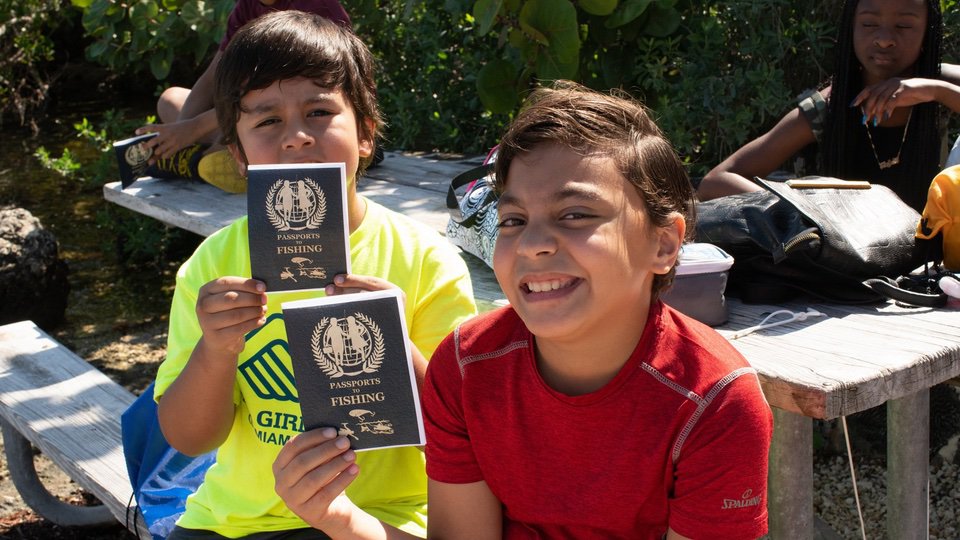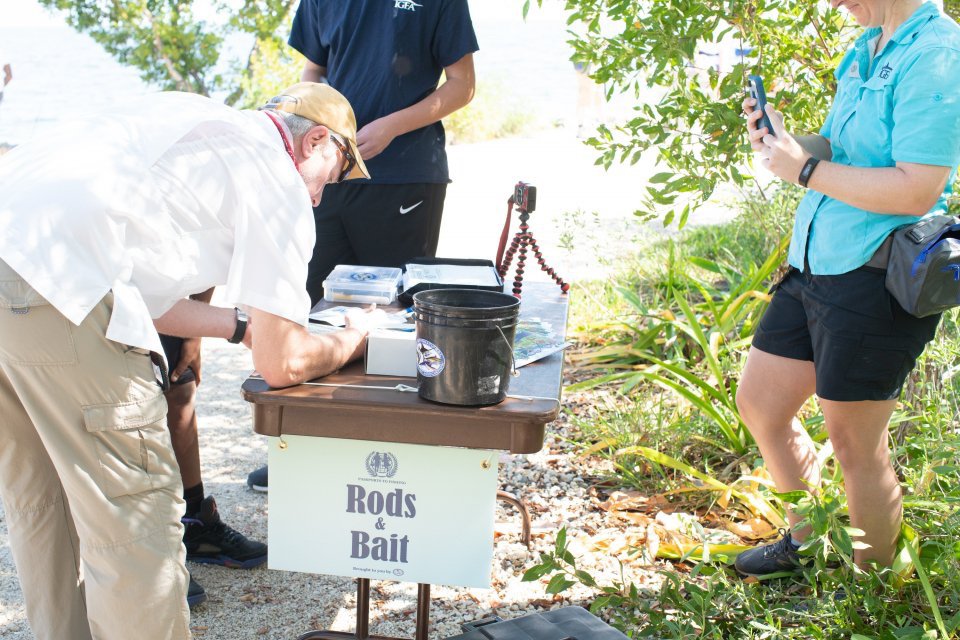The following blog is an excerpt from Cast a Line to Try Something New in National Parks by the National Park Foundation.

It’s not often that we get the chance to stand still in one place, with our feet planted on the ground – or dangling from a pier – free from the pull of our phones, email, or alarms reminding us of meetings or appointments.
Fishing in national parks provides an escape from the frenzy of daily life, a chance to relax, breathe in the fresh air, gaze upon the water, and marvel at the great outdoors. It’s an opportunity to commune with nature, as well as the loved ones you’re lucky enough to spend the day with; whether it be a friend, grandparent, child, cousin, sister, niece, nephew, or maybe even just yourself.
Most anglers will tell you that the appeal of fishing has little to do with the number of fish caught, and more about the memories that are forged during a day out on the water. For many, fishing is a skill learned from their parents or grandparents, and it’s something they look forward to teaching their children. But it’s more than a sport – it’s a tradition that bonds generations and becomes embedded into the fabric of a family.
For those who are just being introduced to the world of fishing, it can seem intimidating. If you’re someone who – until now – has only seen fishing on your TV or movie screen, read this fishing primer for the confidence and know-how to take up the sport in your national parks.

What are those things called again? If you’re vaguely familiar with fishing, but need some help with the lingo, look no further. Here are some basic fishing terms to know:
Continue reading Cast a Line to Try Something New in National Parks by the National Park Foundation here.
The Women's Outdoor News, aka The WON, features news, reviews and stories about women who are shooting, hunting, fishing and actively engaging in outdoor adventure. This publication is for women, by women. View all posts by The WON